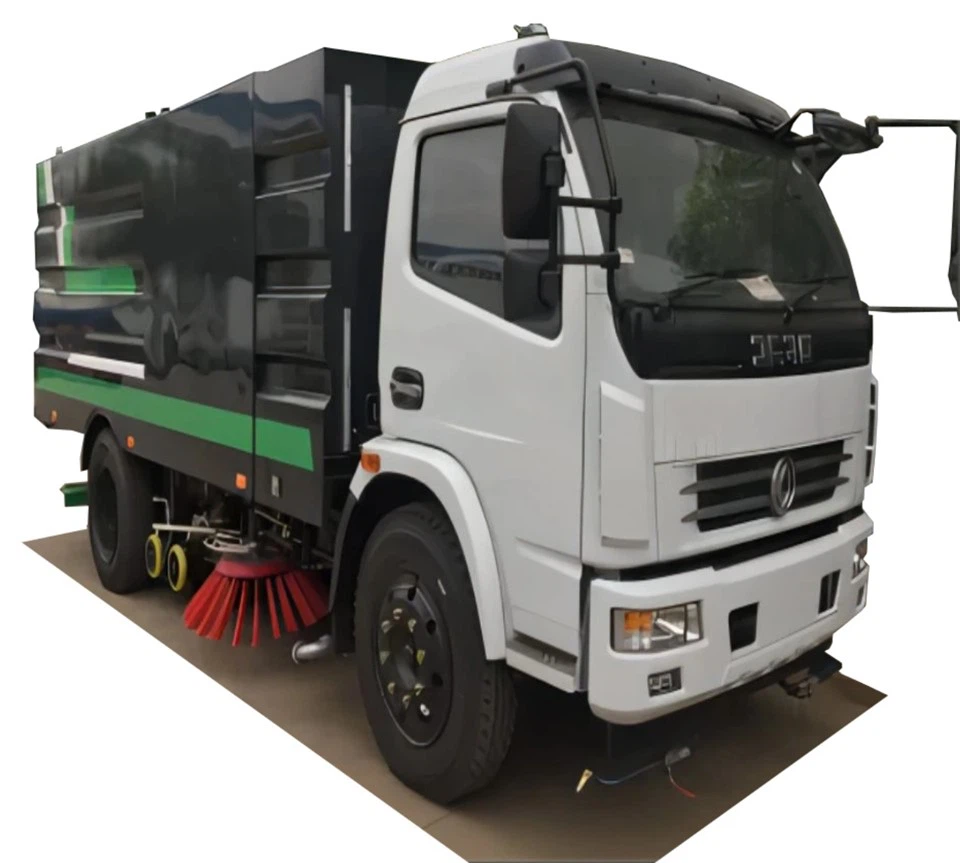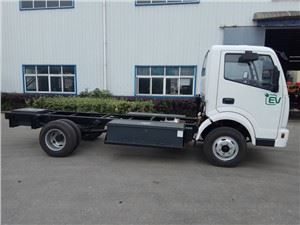How Much Concrete Can a Truck Hold? A Comprehensive Guide

Concrete is a widely used construction material, and understanding how much can be transported in a concrete truck is essential for any project. In this article, we will explore the different types of concrete trucks, their capacities, and factors that can influence how much concrete they can hold. You will gain insights into practical examples and tips for estimating your concrete needs.
1. Understanding Concrete Truck Capacities
1.1 Types of Concrete Trucks
Concrete trucks come in several varieties, each designed for specific tasks. The main types include:
- Ready-Mix Trucks: These trucks mix concrete during transportation, delivering it fresh to the job site.
- Cement Trucks: These trucks primarily carry powdered cement, which will be mixed on-site.
- Dump Trucks: Used for transporting larger volumes of bulk concrete materials.
1.2 Standard Capacity of Concrete Trucks
The capacity of concrete trucks can vary significantly depending on the type and model. Here are some standard capacities:
| Truck Type | Capacity (Cubic Yards) | Capacity (Cubic Feet) |
|---|---|---|
| Ready-Mix Truck | 8 – 10 | 216 – 270 |
| Cement Truck | 14 – 16 | 378 – 432 |
| Dump Truck | 10 – 14 | 270 – 378 |
2. Factors Influencing Concrete Truck Capacity
2.1 Truck Design

The design of a concrete truck can greatly affect its capacity. Trucks designed specifically for concrete mixing will have features like rotating drums to keep the concrete fresh.
2.2 State Regulations
Different regions have regulations regarding the maximum weight a truck can carry. These regulations can affect how much concrete can be loaded into a truck.
2.3 Weight of Concrete
Concrete typically weighs around 150 pounds per cubic foot. The total weight limit of the truck and the roads will impact how much concrete can be transported.
2.4 Load Distribution
Proper load distribution is vital for safety and stability. Trucks should not be overfilled, as this can lead to accidents and equipment damage.
3. Estimating Your Concrete Needs

3.1 Calculate the Volume of Concrete Required
To determine how much concrete you need, follow these steps:
- Measure the area where you will pour concrete.
- Use the formula: Volume = Length x Width x Height (for rectangular areas) or specific formulas for other shapes.
- Add additional volume for any bases or footings if applicable.
3.2 Accounting for Waste
It’s important to account for waste and spillage. A general rule of thumb is to order 10% more concrete than calculated to cover any mistakes or unexpected needs.
4. Practical Examples
4.1 Example 1: Residential Driveway
For a driveway measuring 20 ft long, 10 ft wide, and 0.5 ft deep:
- Volume = 20 x 10 x 0.5 = 100 cubic feet
- This equals approximately 3.7 cubic yards of concrete (since 1 cubic yard = 27 cubic feet).
- Considering waste, you’d need about 4.1 cubic yards.
4.2 Example 2: Patio Construction
For a patio measuring 15 ft by 10 ft by 0.25 ft:
- Volume = 15 x 10 x 0.25 = 37.5 cubic feet
- This equals approximately 1.4 cubic yards.
- Including waste, you’d order about 1.5 cubic yards.
5. Tips for Ordering Concrete
5.1 Choose a Reputable Supplier
Choosing a reliable concrete supplier ensures you have quality material delivered on time. Research local suppliers and read reviews.
5.2 Plan for Delivery
Coordinate the delivery time with your project timeline to avoid delays. Ensure there’s adequate space for the truck to maneuver and pour the concrete without obstacles.
5.3 Double-Check Your Measurements
Before ordering, verify all measurements and calculations. It’s easy to overlook a mistake that can lead to increased costs or wasted resources.
6. Frequently Asked Questions (FAQ)
6.1 How much concrete does a standard ready-mix truck hold?
A standard ready-mix truck usually holds between 8 to 10 cubic yards of concrete.
6.2 Can I overload a concrete truck?

No, overloading a concrete truck can be unsafe and against regulatory weight limits, leading to potential fines or accidents.
6.3 What if I need more concrete than my truck can hold?
If you need more concrete than one truck can carry, you can order multiple deliveries or schedule a second truck to come later.
6.4 Does the weight of the concrete affect how much can be loaded on the truck?
Yes, the weight of the concrete impacts the overall load. Each truck has a maximum weight limit that cannot be exceeded for safety and legal reasons.
6.5 How can I reduce waste when ordering concrete?
Accurate calculations, careful measurement, and planning can minimize waste. Always round up slightly to ensure you won’t run short.
6.6 What are the common uses for concrete trucks?
Concrete trucks are commonly used for foundations, slabs, driveways, sidewalks, and other construction projects requiring concrete mixing and delivery.
